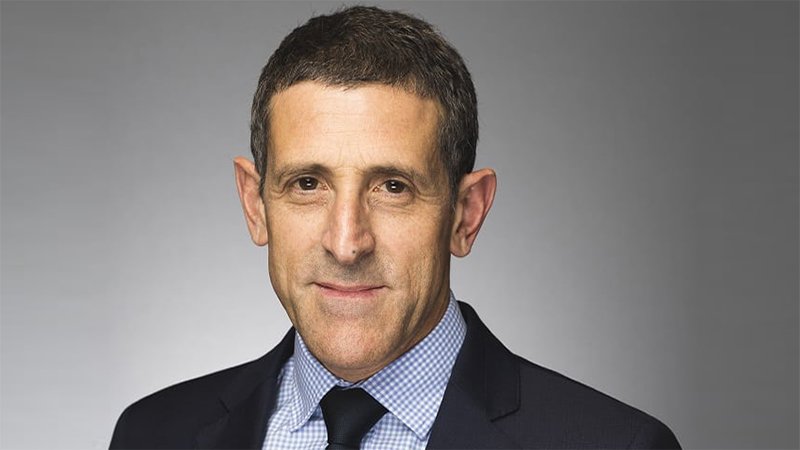By Mike Coop, head of multi-asset portfolios, EMEA, at Morningstar Investment Management
As investors we have no choice but to consider the future, when building portfolios. Our ability to do this well is crucial, if we are to help end investors reach their goals. So, to start with we need to be realistic about what forecasting can deliver and have a plan B for dealing with the unforecastable.
Here the term forecasting refers to a professional research process that gives rise to views, usually expressed as specific outcomes, upon which others rely to plan for the future. Note that these are quite different from the confidently expressed opinions of charismatic public figures that are designed to provide entertainment and raise public profiles.
In practice the track record of even professional forecasters is disappointingly and puzzling poor, when it comes to the economy and investment markets. Time and time again well-resourced and heavily incentivised specialists are humbled by their failure to predict accurately inflation, interest rates, corporate profits growth and the path of asset prices.
This failure of forecasting has triggered thoughtful assessments by deep thinkers that serve as pointers on how to do better. Four books that stand out are Nassim Taleb’s Fooled By Randomness, Richard Bookstabber’s The End Of Theory, Daniel Kahneman’s Thinking Fast and Slow and Superforecasting The Art and Science of Prediction by Dan Gardner and Philip Tetlock.
See also: Mike Coop: The certainty of uncertainty
What they highlight is that the world is not a predictable machine that can be logically modelled. Instead, randomness plays an important role in what happens, we live in a complex and interconnected world that is beyond mathematical modelling and our default decision making process is instinctive and rapid rather than slow and considered.
The ability to forecast well is hobbled by over confidence (we over estimate our own ability), confirmation bias (seek out data and views that align with our own), herding (taking comfort from being part of a crowd) and recency bias (over emphasising the more recent and notable scenarios when thinking about the future).
You can observe these traits in economic booms when it’s hard to imagine a recession, investors have high hopes about the future and pay a high price to own assets that have performed well. This is what led to extreme over valuation in 2021, followed by large losses. They’re evident also during recessions, when investors are pessimistic and pay a very high price to own defensive assets like government bonds and pay a very low price to own assets regarded as more cyclical. Bond prices reached record highs in the depths of recession in March 2020, followed by one of the largest losses in history.
The more successful forecasters and investors have developed ways to counter these biases and grapple with uncertainty about the future.
First, they think in terms of probabilities of events occurring, similar to how the Met Office provides likelihood of rain and the range of temperatures. This is helpful in assessing the outlook for corporate profits, rents, interest rates and inflation and identifying what a best case and a worse case looks like, in addition to what seems most likely. We have created high-quality, long-term data to show a wider range of scenarios than most investment team members have experienced first-hand. It’s a handy way of avoiding recency bias and recognising when current market expectations have become extreme.
See also: AI: The only case when ‘this time it’s different’ isn’t just an expensive mistake
Combine this with an assessment of fundamental risk and you have the ingredients for deriving fair value and recognising when markets are pricing in too much pessimism (a harbinger of great opportunities) or optimism (a harbinger of high risk). It’s possible to also use scenarios and probabilities to manage portfolio risk, when you can’t be sure what will happen next. War gaming for different and difficult scenarios makes it easier to check if you have too little, too much or just enough diversification.
Second, they focus their resources on research as a full-time undertaking. Your chances of gaining a deep understanding are better if you can pay attention to all the details and develop insights beyond what is already widely known and often reflected in asset prices.
Third, they are self-critical and seek external perspectives as an effective way to deal with over confidence and confirmation bias. A collaborative team-based approach that avoids hierarchies and star cultures is an effective way to embed this in an investment team. Not only does this approach help deal with blind spots, it also recognises that nobody is superhuman and there are times when key decision makers are not at their best.
Fourth, they go granular and constantly update and refine their views. To apply this to multi-asset investing, you do need large global teams capable of delving into the detail and keeping on top of shifts in the investment landscape. The other big benefit of investing heavily in your research capability is you can identify more opportunities the more markets you can research and access. Over time this puts the odds in your favour for generating more consistent and better risk adjusted returns that are not highly reliant on any one forecast.
In summary, the key insight about forecasting is to recognise that the future is not knowable and to plan accordingly by building in uncertainty to your investment process. Applying this approach requires a large and global specialist research team, adopting a probability-based mindset rather than thinking about single scenarios and subjecting key decisions to intensive peer review and external perspectives.











